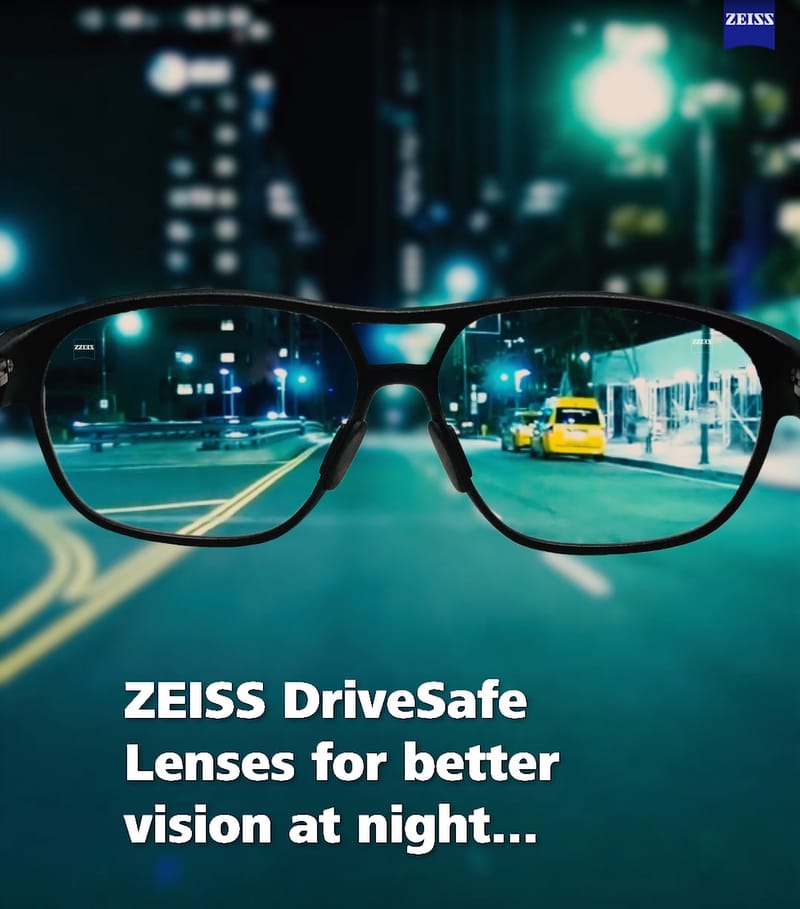As there are more of us on the road, it is essential for everyone that we can see clearly to be able to drive safely. Regular eye examinations will ensure that your visual acuity continues to meet the DVLA's legal standards for driving.
Conditions that may affect your visual field and driving include;
If your optometrist tells you that you must not drive, you must stop all driving immediately.
Driving when you are medically unfit to do so is a criminal offence, and you could face a fine of up to £1000. You may be prosecuted if you are involved in an accident.
If you drive a car you must:
If you drive a bus or a lorry you must:
You must tell the DVLA (DVA in Northern Ireland) if:
Full details are available on gov.uk’s https://www.gov.uk/driving-eyesight-rules and NI Direct’s https://www.nidirect.gov.uk/articles/driving-eyesight-requirements

If your Optometrist has told you to wear glasses for driving, you must wear them, even for short trips. It is a good idea to keep a spare pair in the car, particularly if you are planning a long journey or if you drive for a living.
If you wear contact lenses, we recommend that you keep a pair of glasses in the car in case you need to take your lenses out. Even if you don't need to wear glasses all the time, you will probably find they are particularly helpful when the lighting is poor, and for driving at night.

The headlights of oncoming traffic can be dazzling when you are driving at night or in poor weather conditions. We supply Zeiss DriveSafe lenses which are designed for this very purpose. Luminance Design® Technology by ZEISS takes into account the pupil size in low-light conditions, ZEISS DuraVision DriveSafe Coating reduces perceived glare. ZEISS DriveSafe Lens Design incorporates an up to 43% larger mid-distance zone for easier focus switching between the dashboard and mirrors. And up to 14% larger far-distance vision zone for a wider view of the road.


Sunshine can be dazzling too, particularly in winter when the sun is low in the sky. If you wear glasses, you may find it helpful to have a pair of prescription sunglasses in the car, or to wear clip-on sunglasses over your prescription glasses. (For example our Mint Magnetic Range).
We recommend polarised sunglass lenses for any drivers as they help to cut out reflected light and are much more effective in reducing glare when compared with simple tinted sunglasses. Polarised lenses are available in a wide range of prescriptions and colours.

Zeiss have produced a very effective video which helps to illustrate the benefits of polarised lenses:
If you've had an accident and broken your glasses, please call into the practice. Many repairs can be completed on the day, we also offer a one day glazing service that will ensure you aren't inconvenienced for long.
Masterson Opticians
2025 | All Rights Reserved |
Privacy Policy | Built by